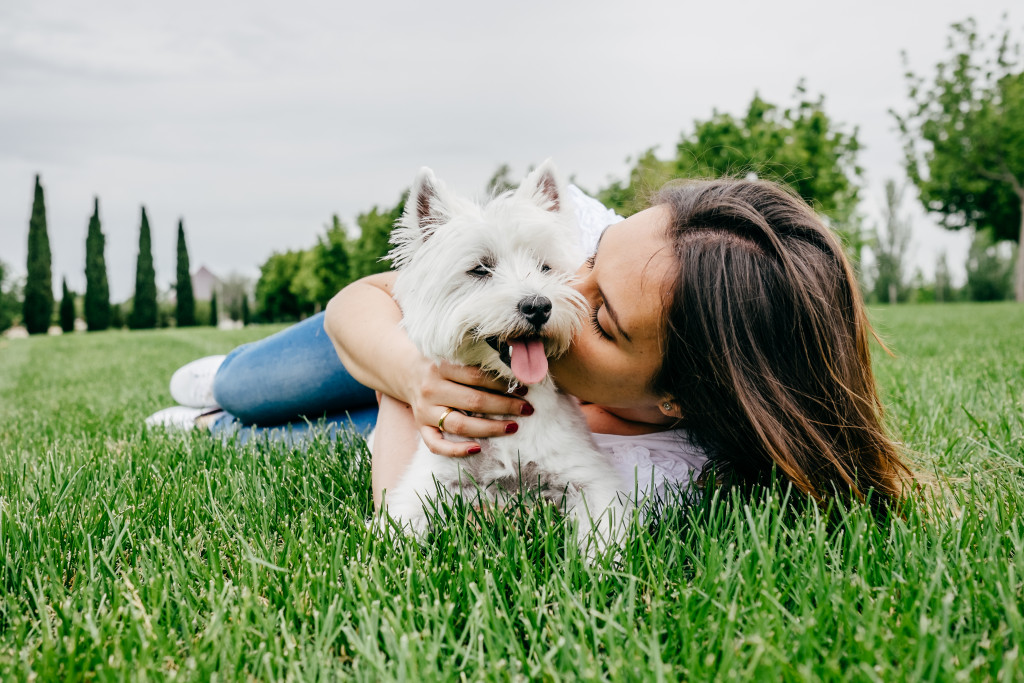First of all, congratulations on becoming a new fur parent! What they say is true: Dogs are constant, loyal companions that bring joy and unconditional love. But to create and maintain a healthy relationship with your dog, the goal is to become a good fur parent. And this means you have to train and bond with your dog for as long as they are with you.
Dog training isn’t just teaching dogs how to obey specific commands. It is also essential to train your dogs to correct challenging behavior and help them adjust to your lifestyle. Doing so will make living with them more comfortable, and it will also make them a lot healthier physically and emotionally!
So are you ready to become the best fur parent? Here are some pointers to help you and your dog:
1. Create a training plan based on your dog’s age and experiences.
Let’s get this out of the way: Your dog is never too old for training. Older dogs who move into a new home need proper guidance to help them get rid of past traumas and adjust appropriately to their new life. So before anything else, you must assess your dog’s age and experience so that you can set your expectations when it comes to training and bonding.
2. Adjust your movements according to the nature of your living space.
Now, your home is your dog’s home, too. Therefore, pet parents need to teach their dogs how to behave and live comfortably at home. Do you live in a small apartment (that you just mainly sleep in) in New York? Or do you have a spacious lot?
3. Make sure you are prepared to spend on their needs.
To fine-tune your training and care plan, you must ask yourself these questions: Have I selected a veterinarian for regular checkups? Does my dog need constant grooming? Do I buy their shampoo and bathe them myself, or do I bring them to the groomer? Am I willing to spend on a diet that’s best for my dog’s size and physical activity?
4. Choose positive training.

In the past (and in some cases, even until now), people taught dogs commands through punishment-based methods. While doing this can be effective, it will not help make your dog feel comfortable around you. Positive training allows people to foster relationships by understanding and reversing problem behaviors without the use of force or fear. For specific training tips, check out this list from Pedigree.
5. Ease your pet into their new life by creating a regular schedule.
Does leaving your dog in the morning give you anxiety? Well, your dog probably feels the same way. Imagine being left alone in a room with no idea when you’ll be greeted again! As a pet parent, it can be hard to sync schedules with your dog. After all, human years aren’t the same as dog years. If you want to reduce separation anxiety (for both owner and dog), you might want to create and stick to a regular schedule. This way, your dog can manage their expectations about your time and activities too.
6. Encourage sociability.
Does your dog aggressively bark at other dogs (and their owners)? Or does your dog refuse to go out and play with others? Dogs displaying signs of aggression or extreme shyness act this way because of fear, trauma, or possessiveness. If this is the case with your pet, do not merely resort to punishing them. Problem behaviors like this can be addressed through proper training. For in-depth programs, ask your local dog trainer.
Does this all feel like it’s too much of a responsibility?
Dog trainers can share the load! You can always opt to attend a seminar for yourself. You can also choose to send your dog to doggie daycare (this is helpful if you have to leave the house all the time, or if your home doesn’t have much space for play). Finally, if you’re in somewhere spacious, feel free to look up private dog training. Remember that fur parents who make time to teach their dogs have more fulfilling lives with their canine companions.
